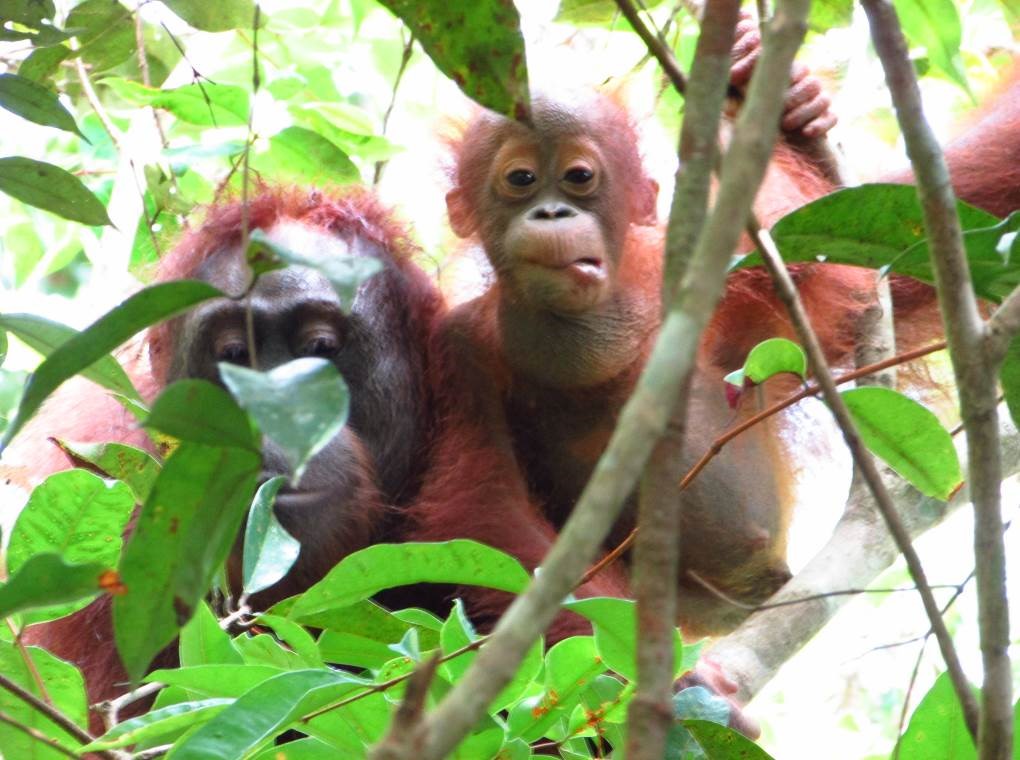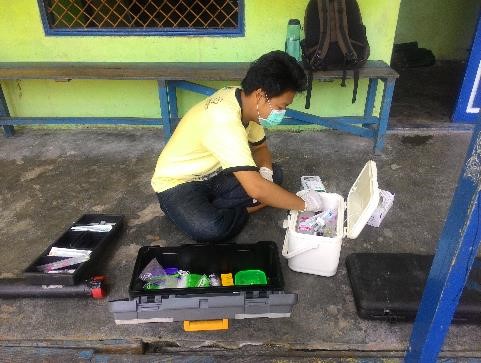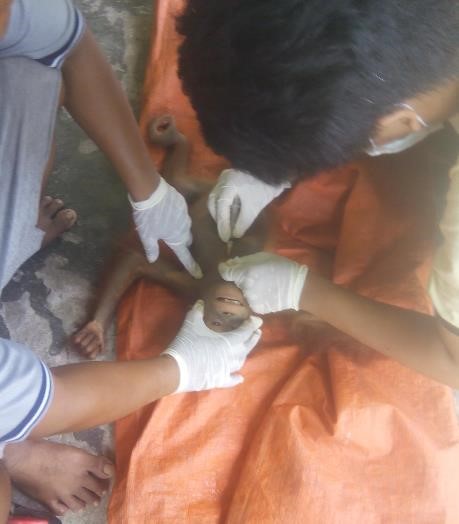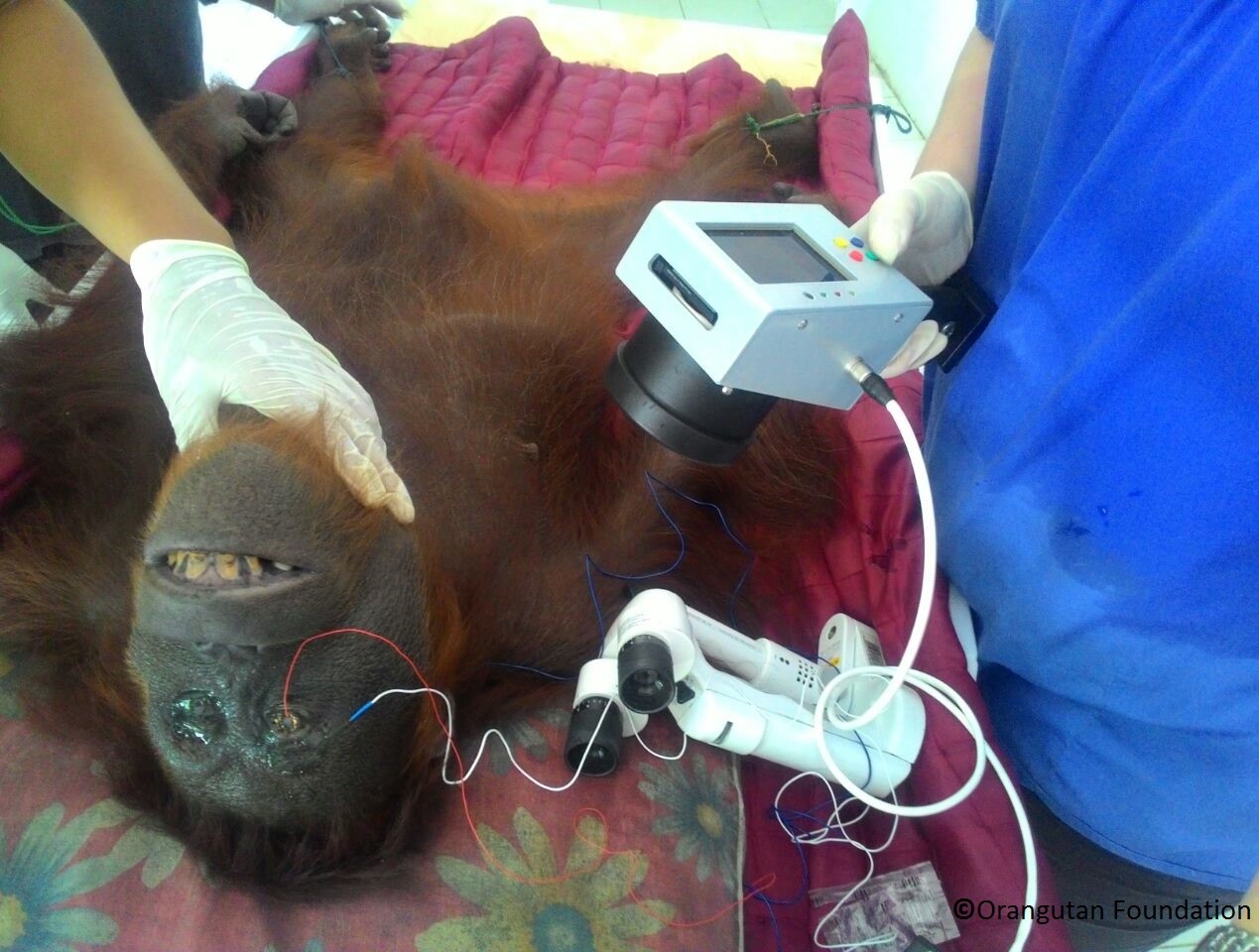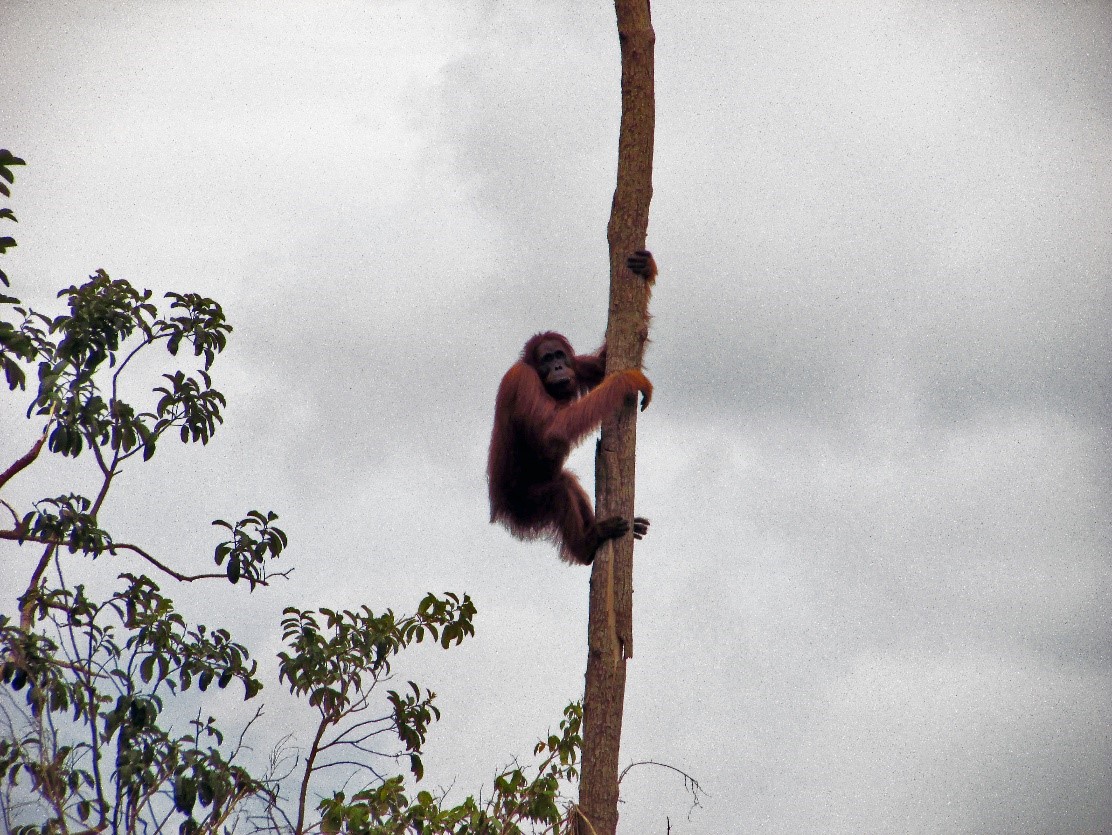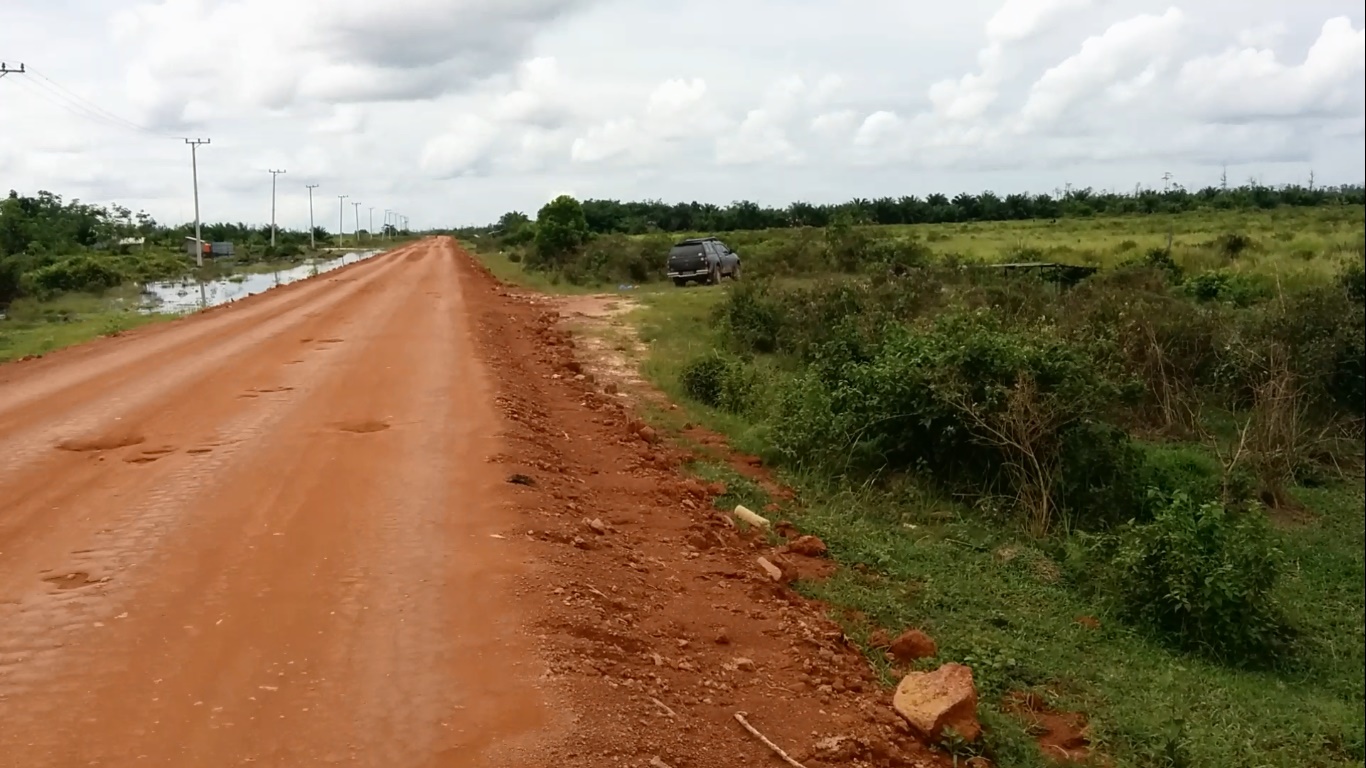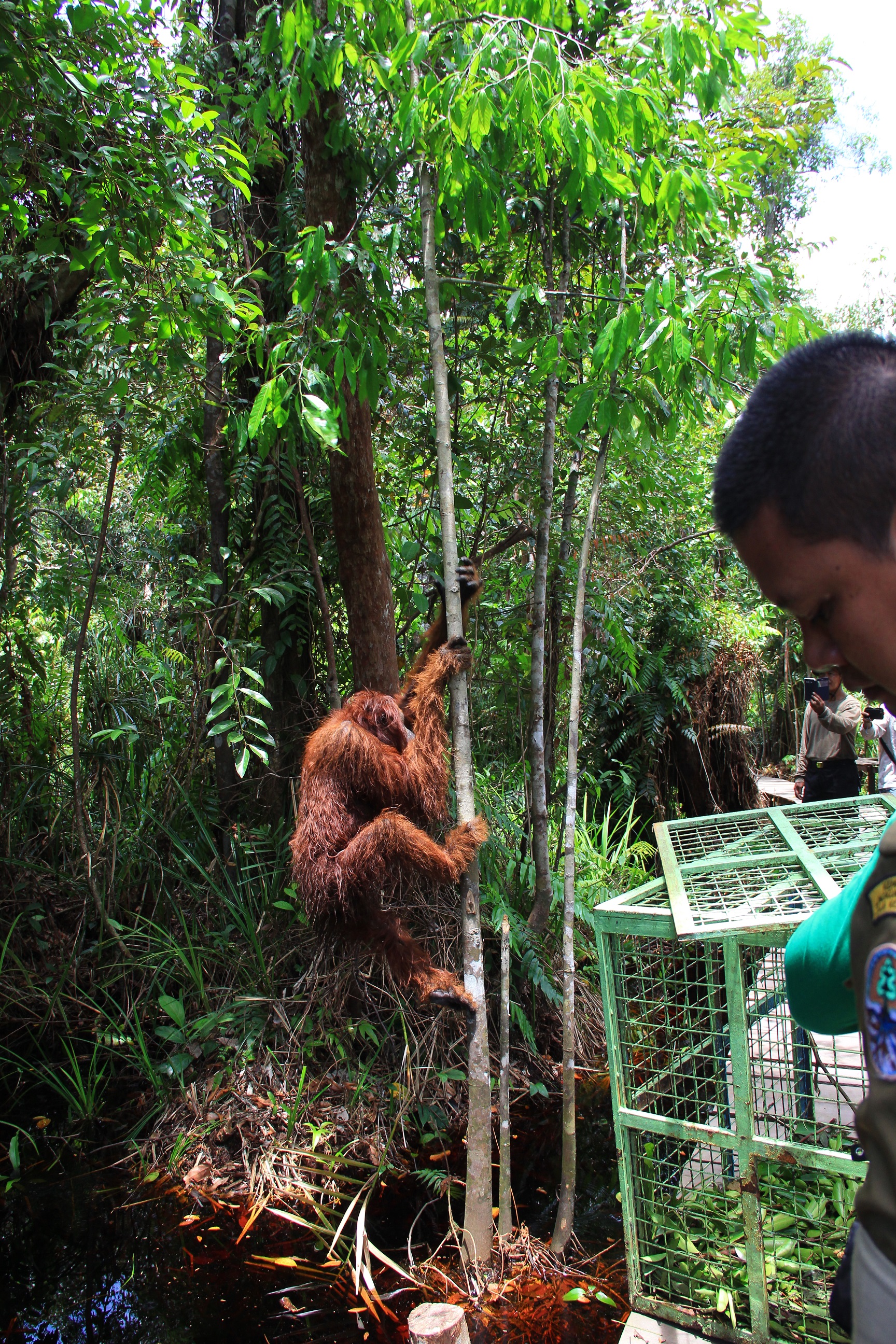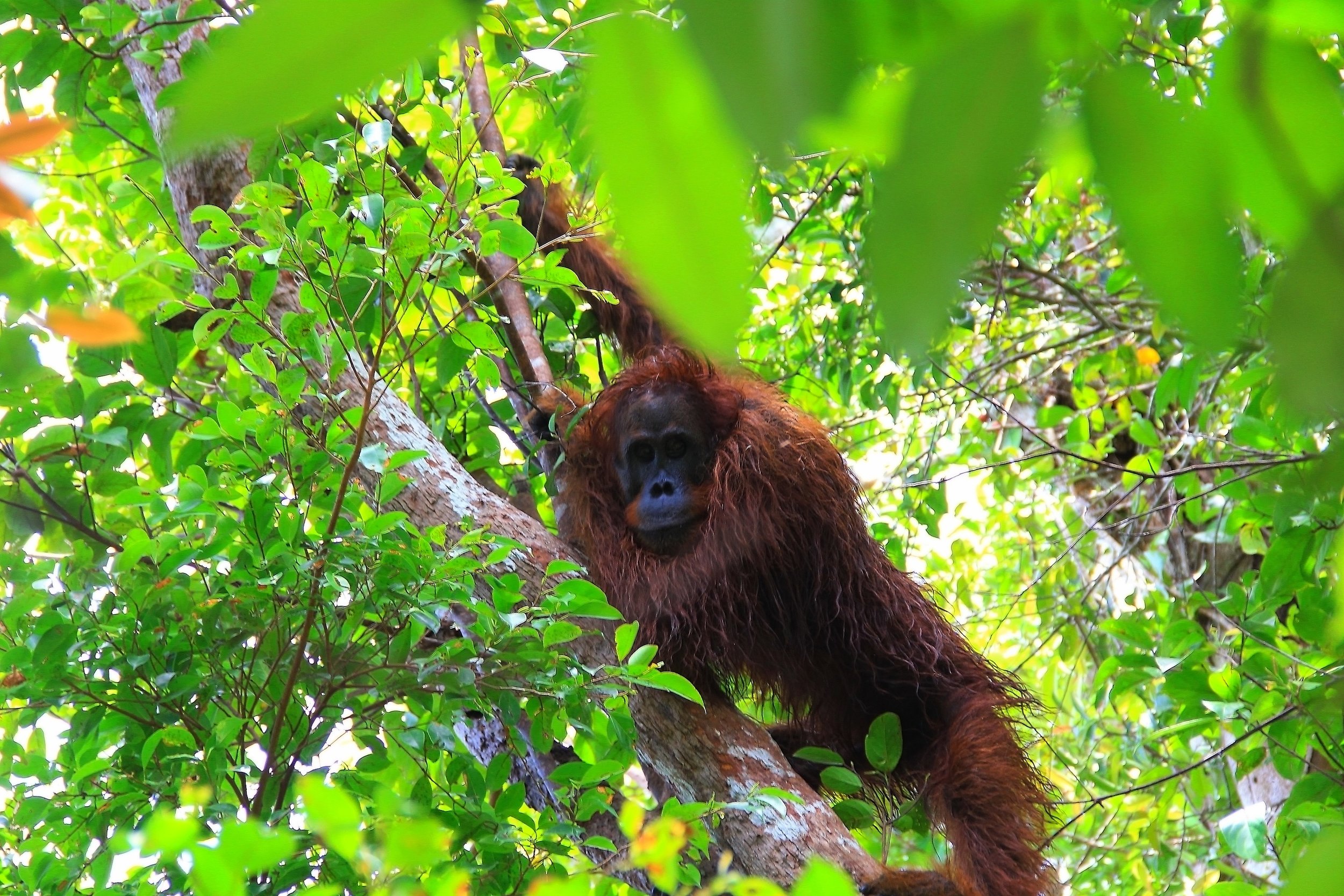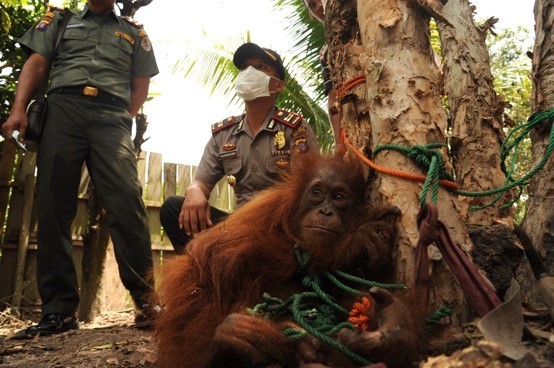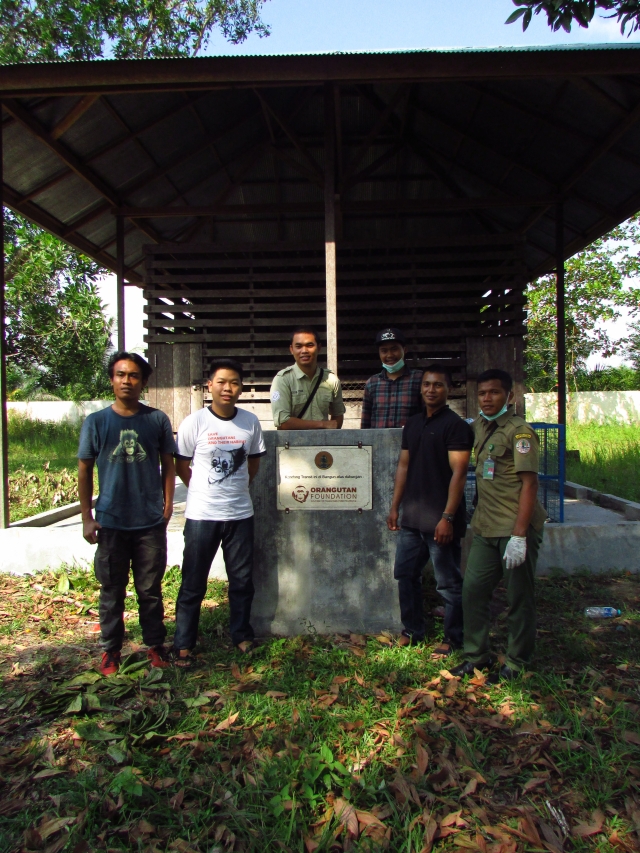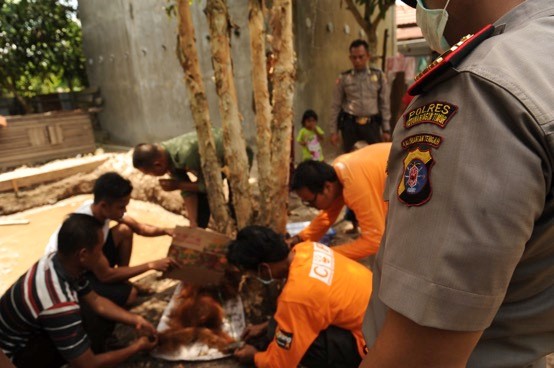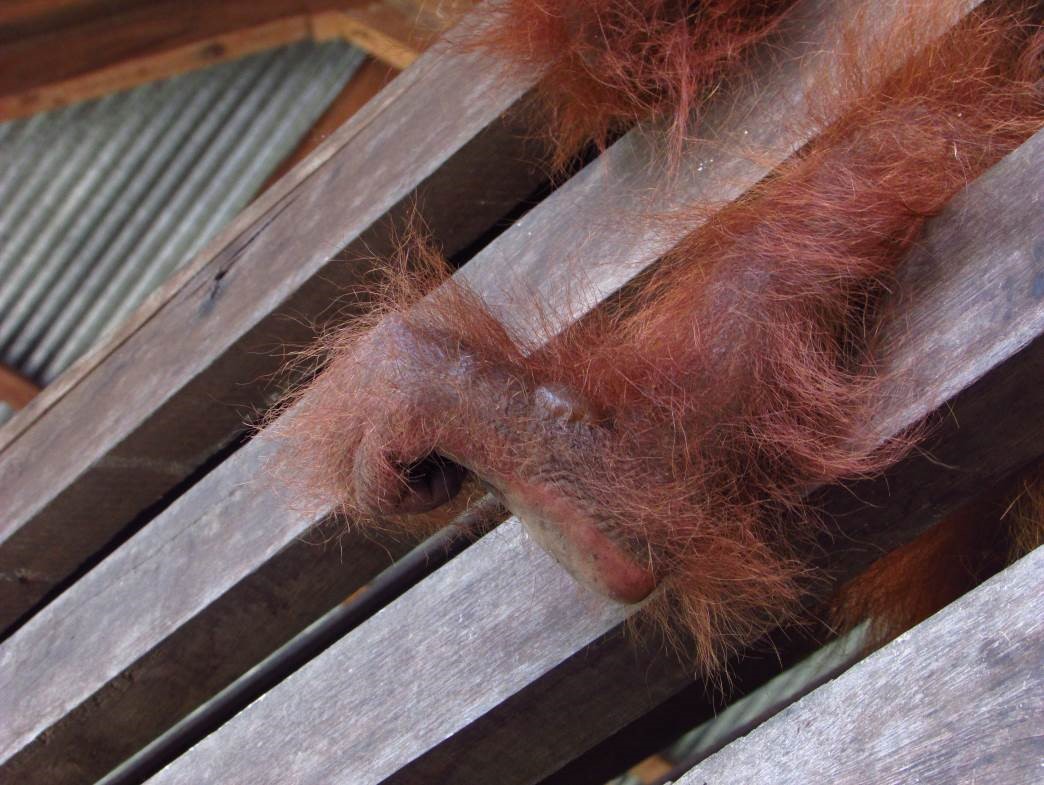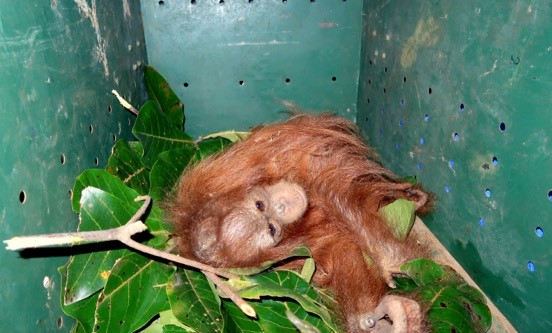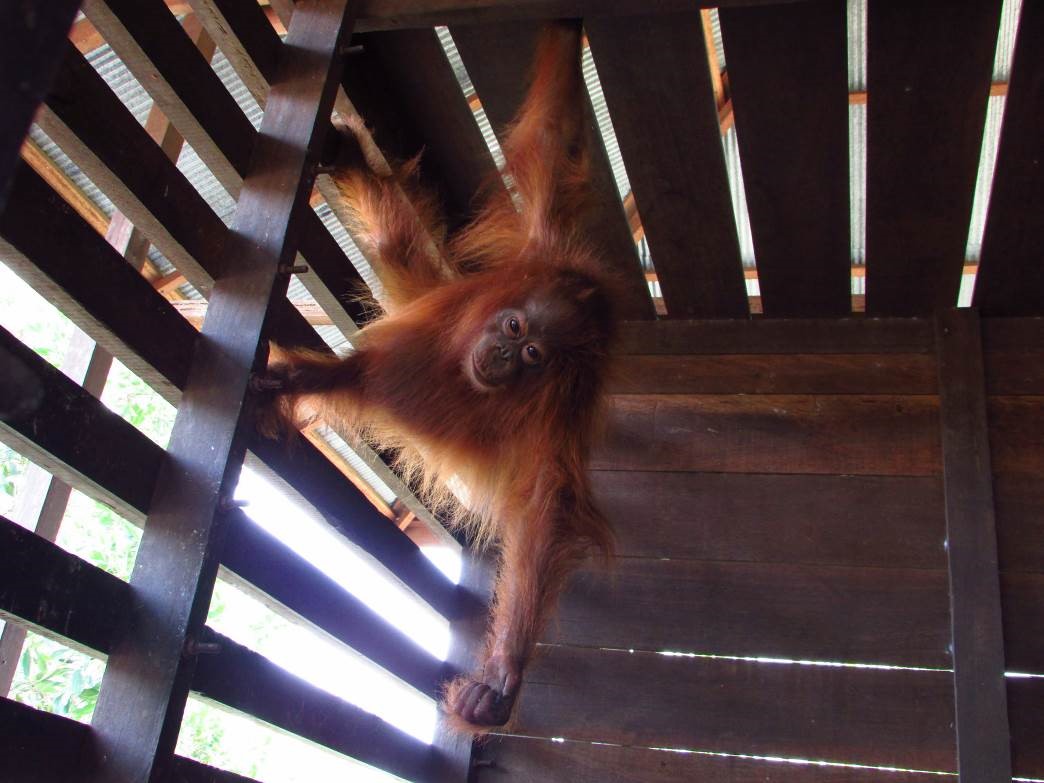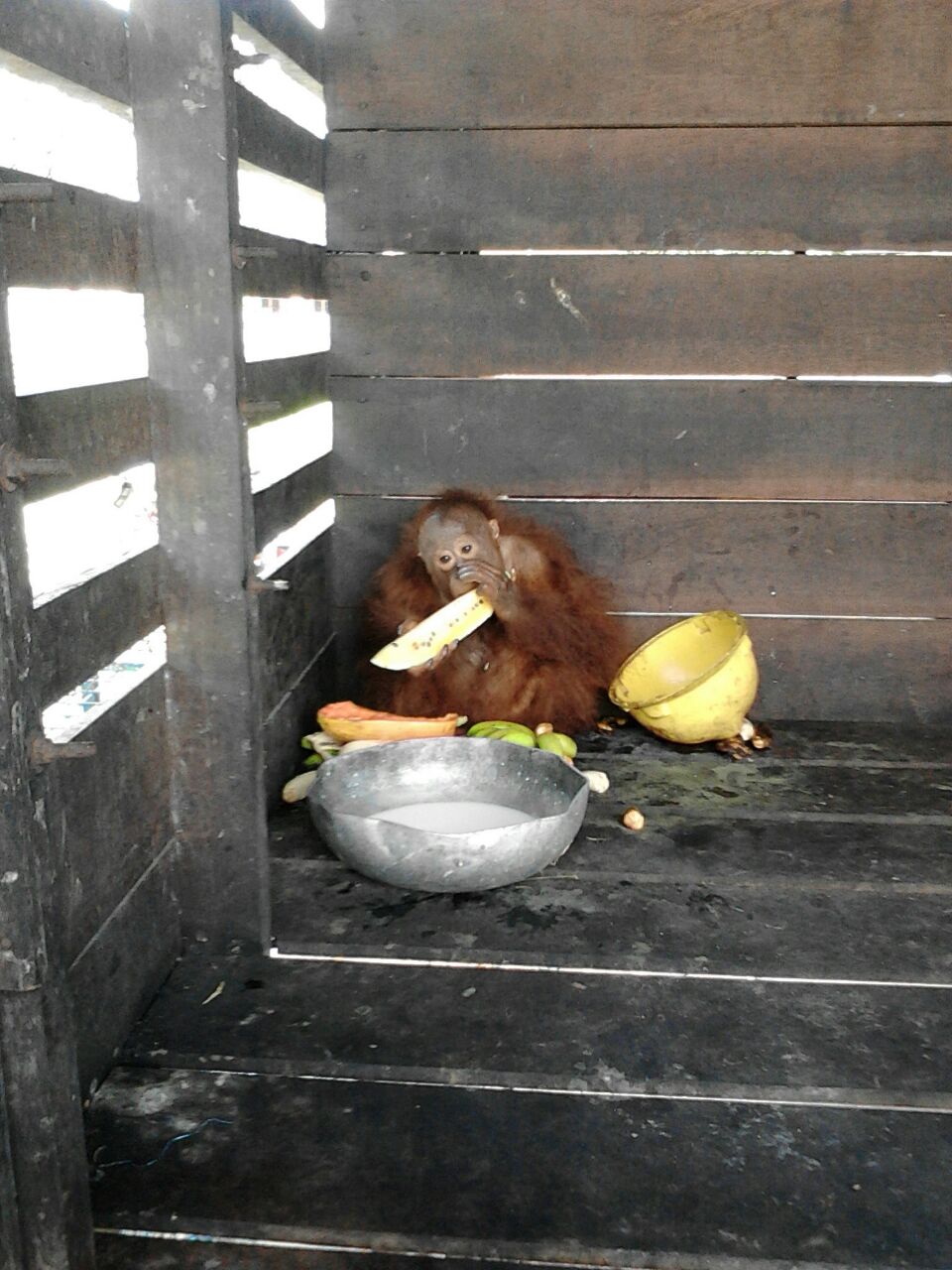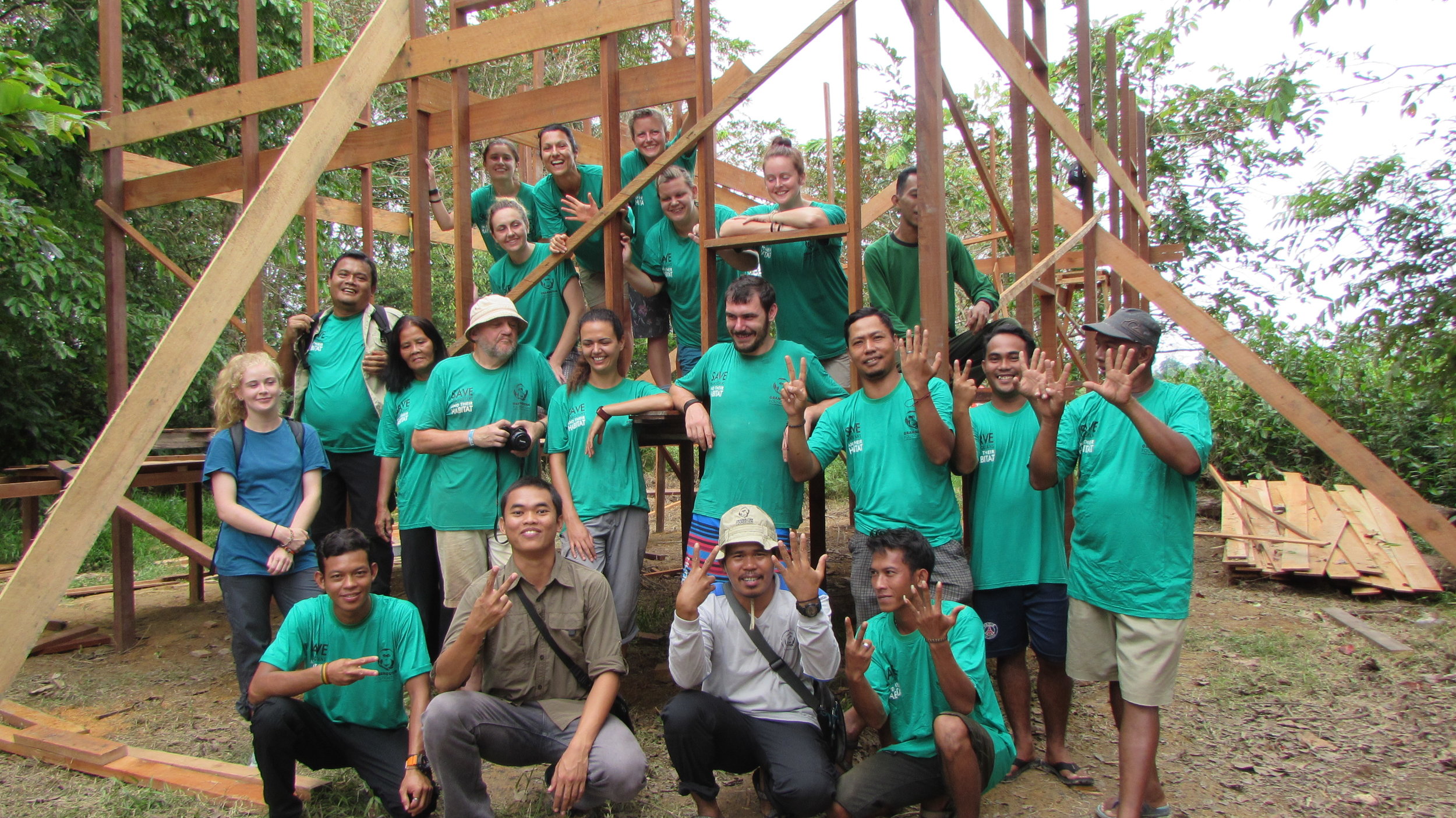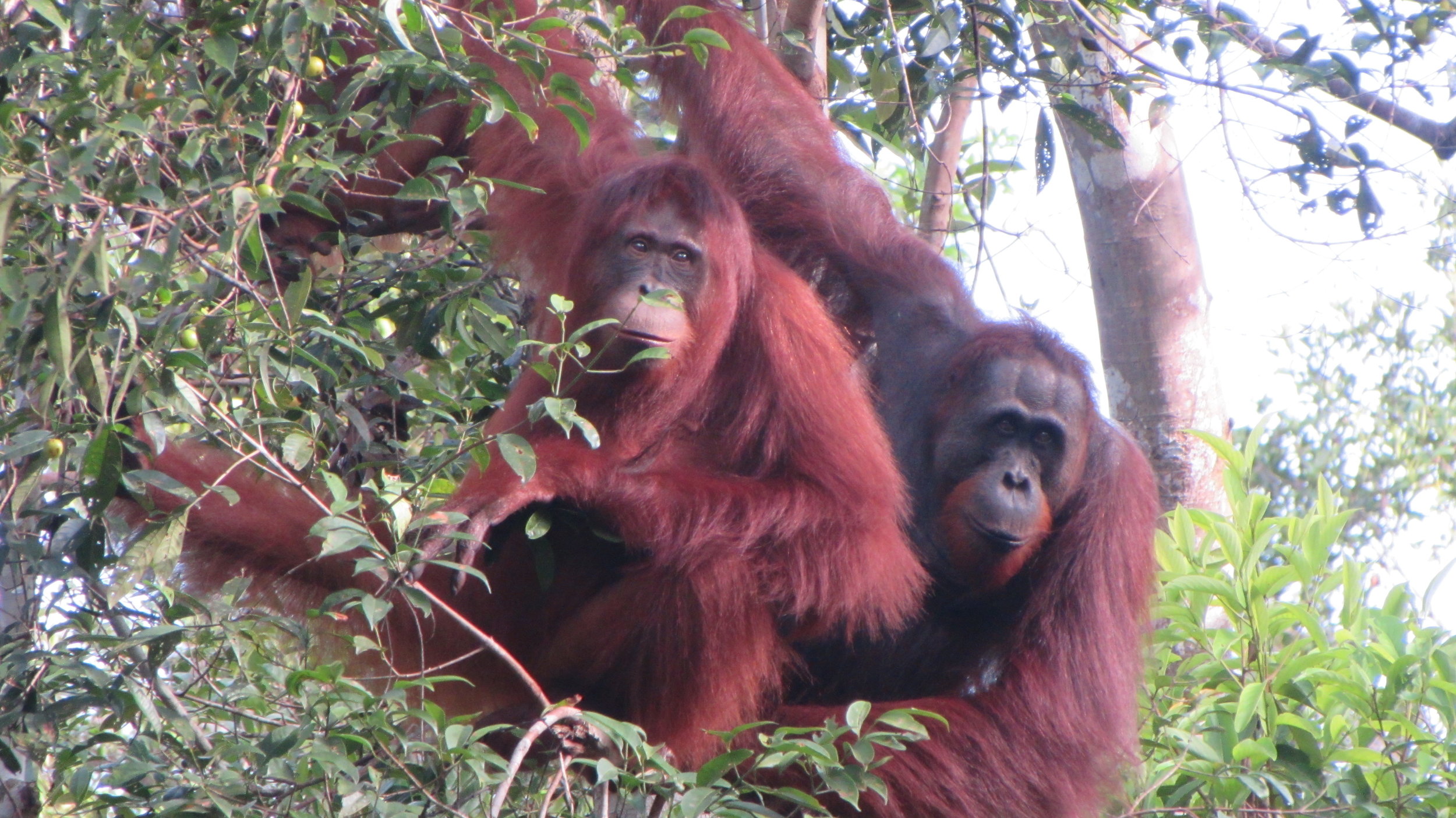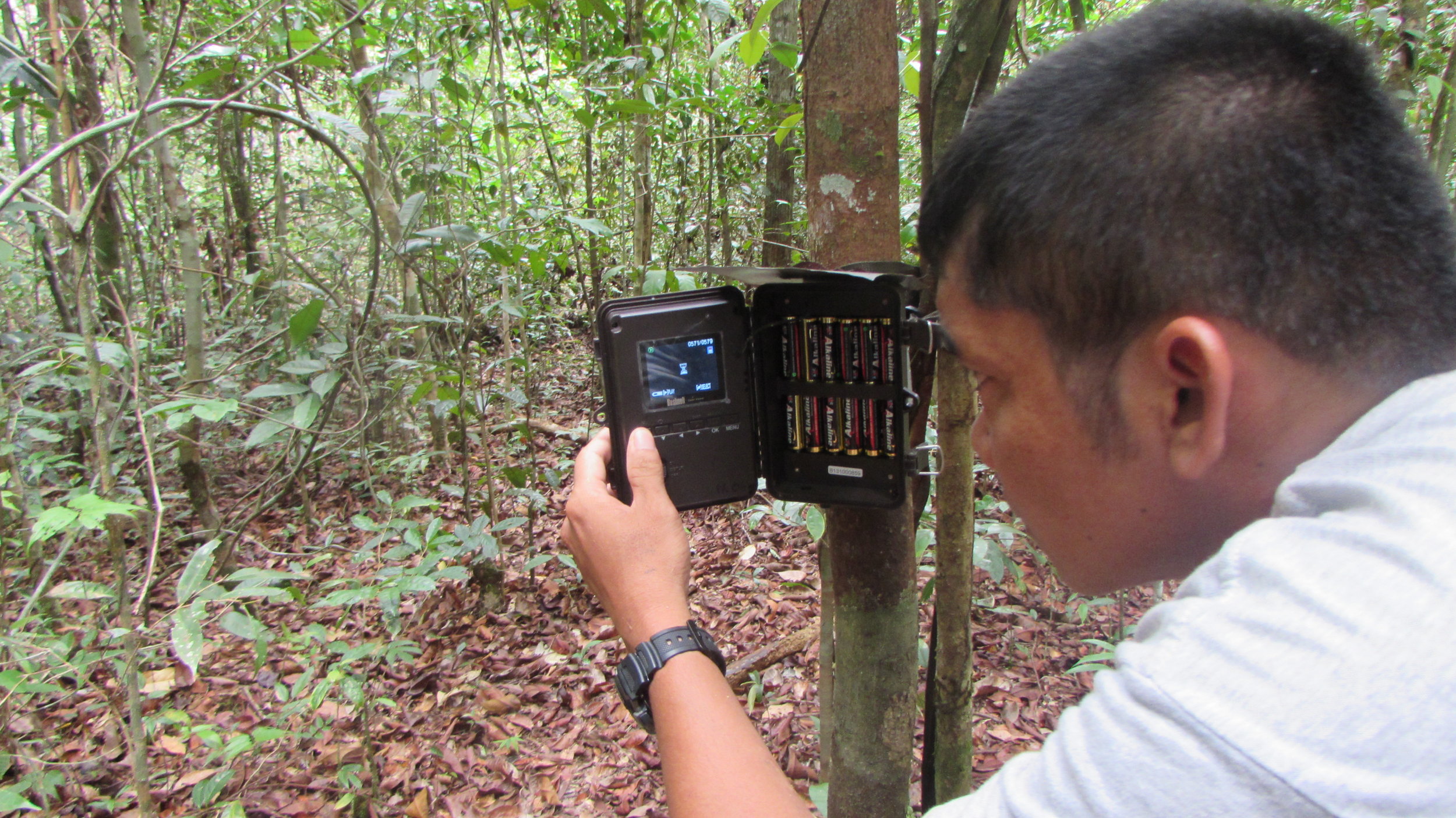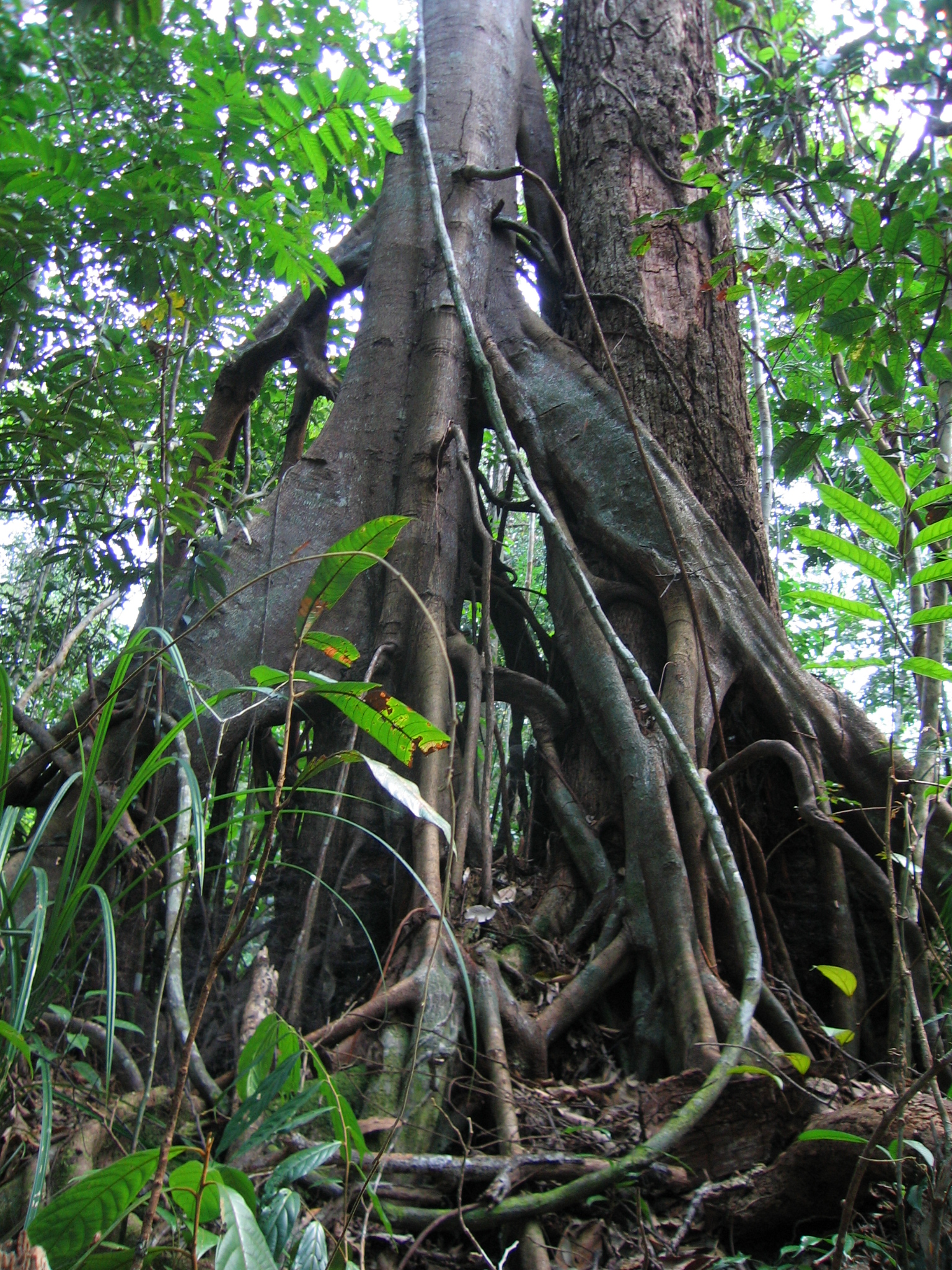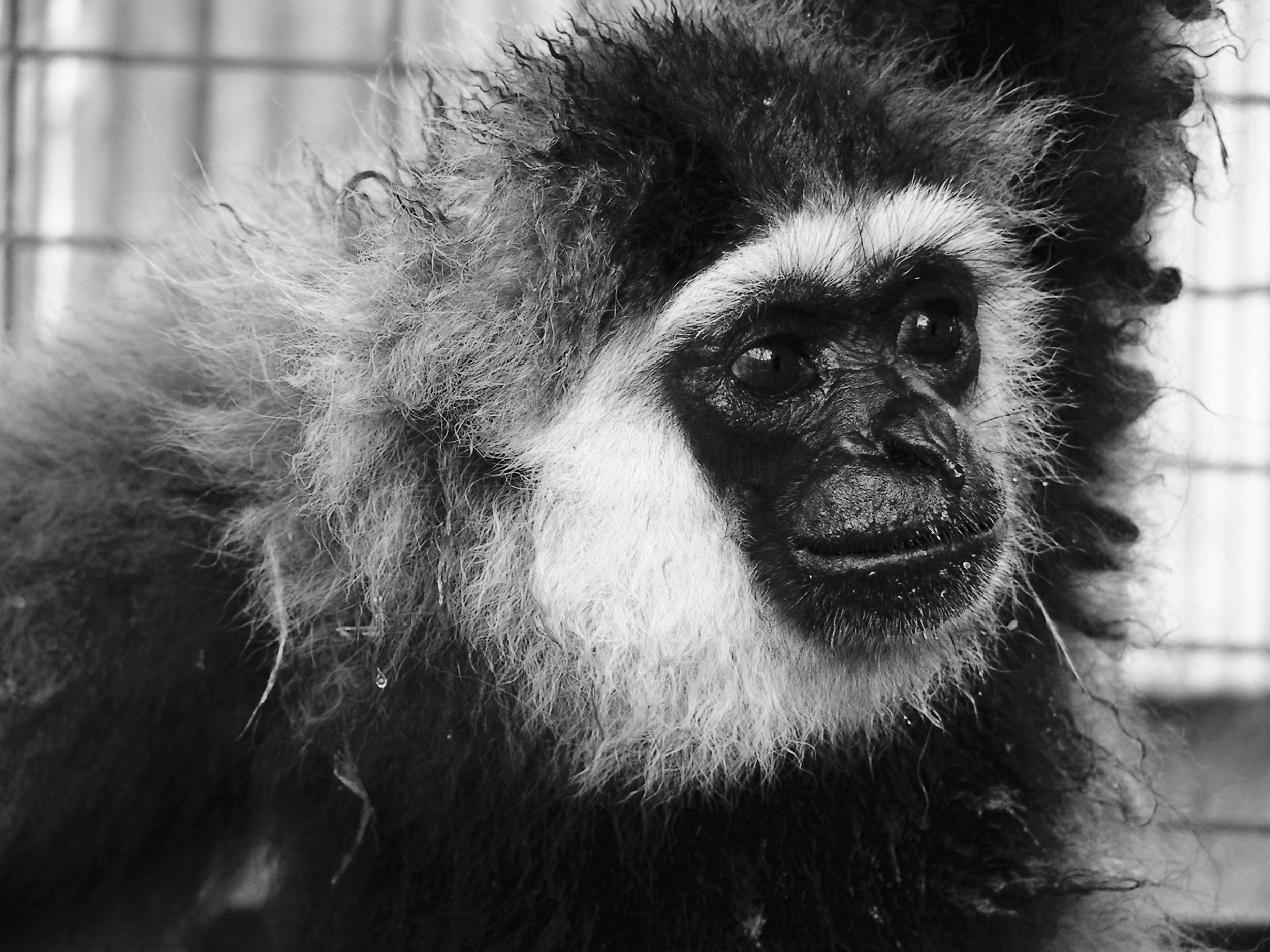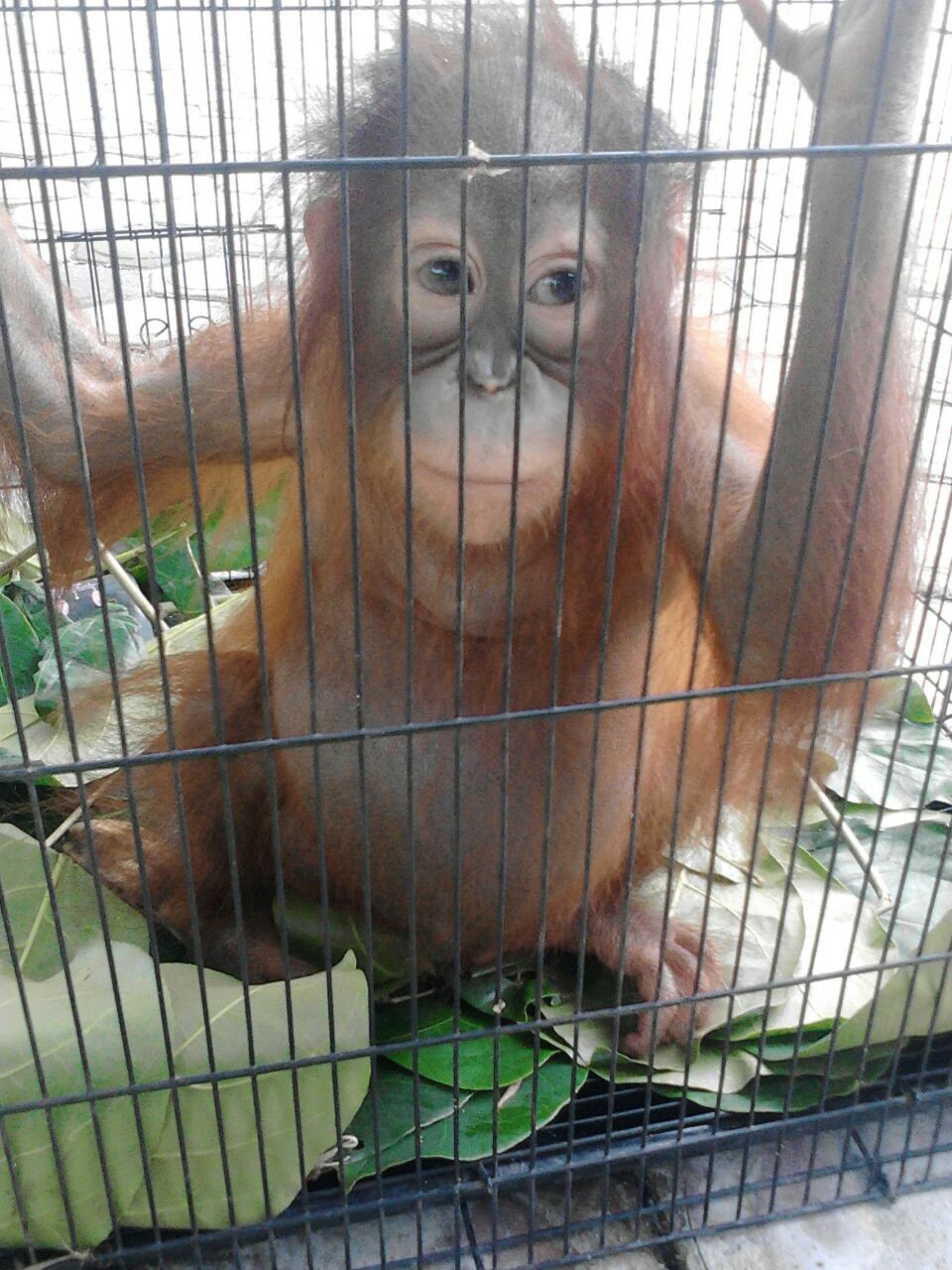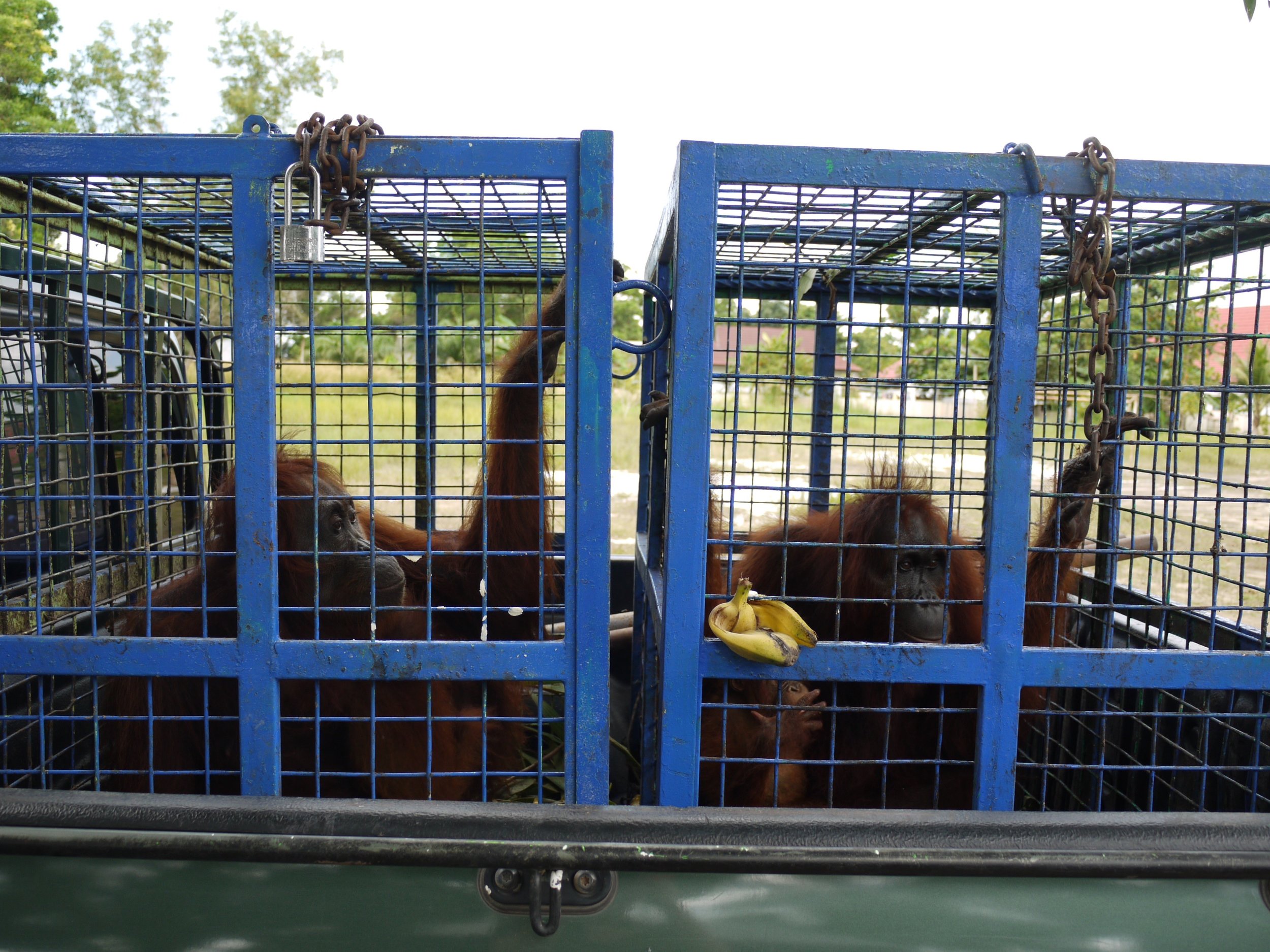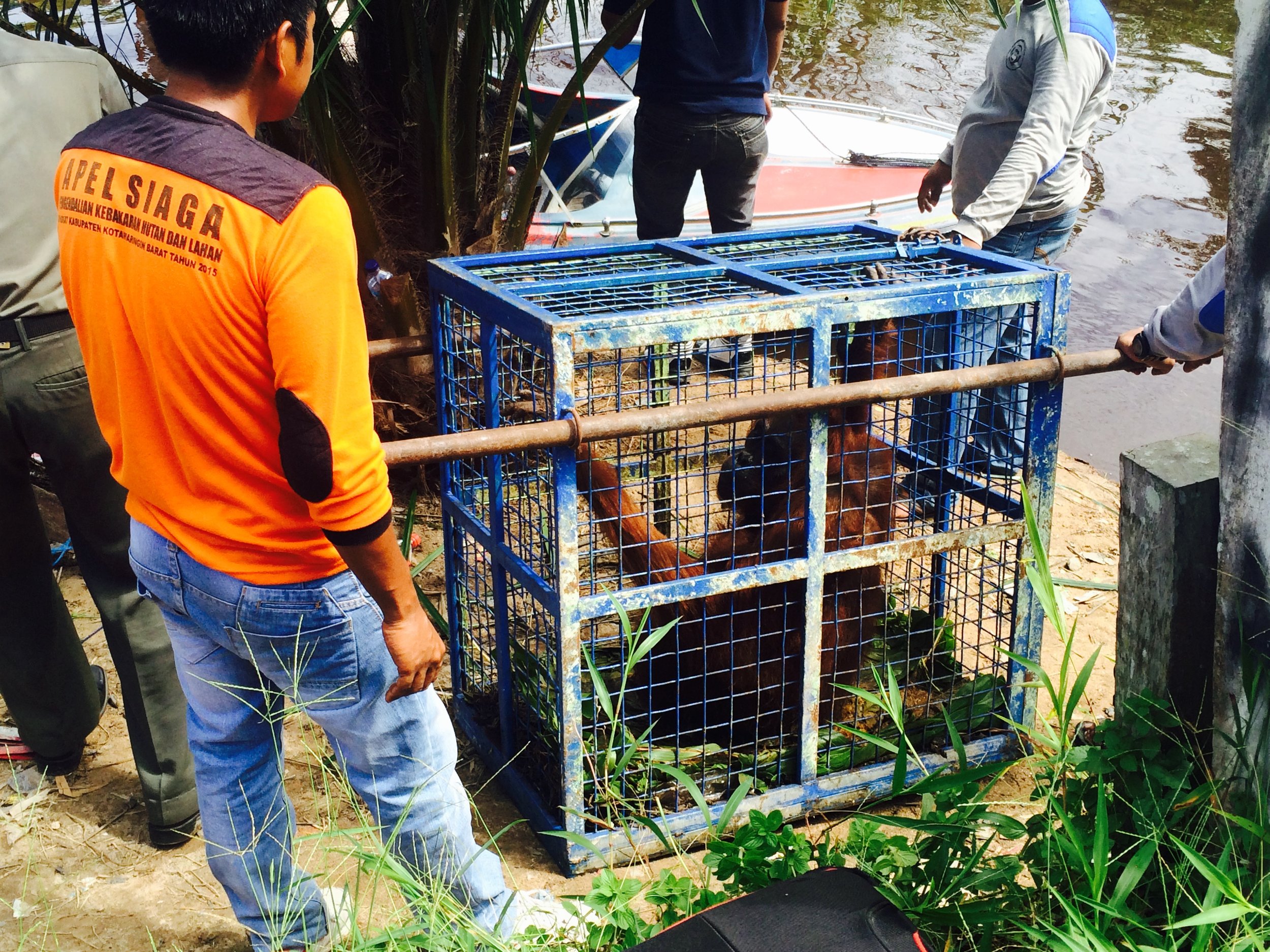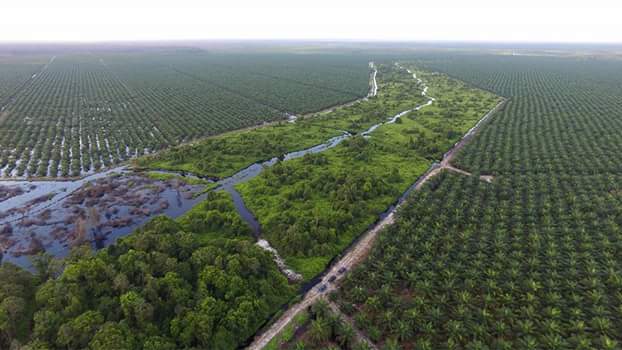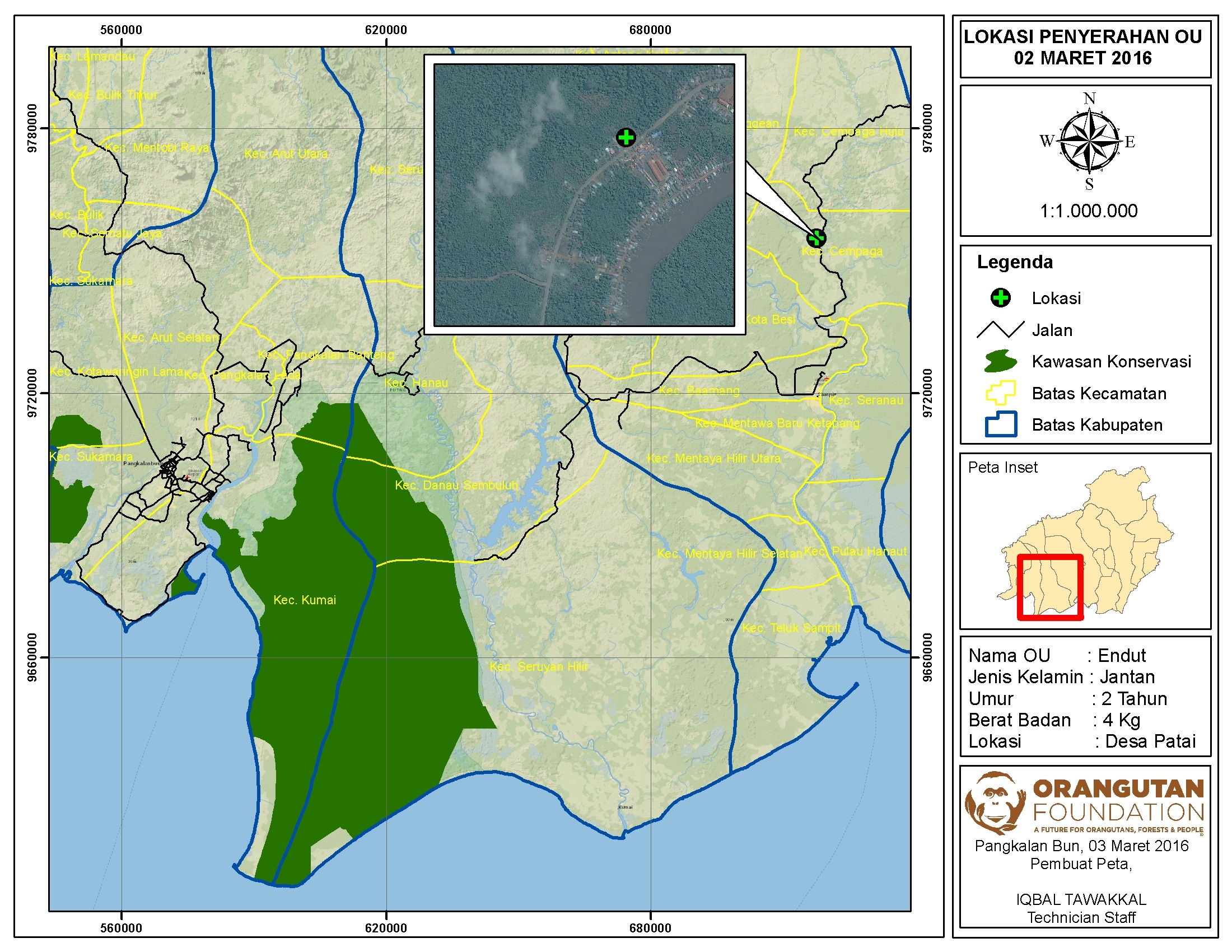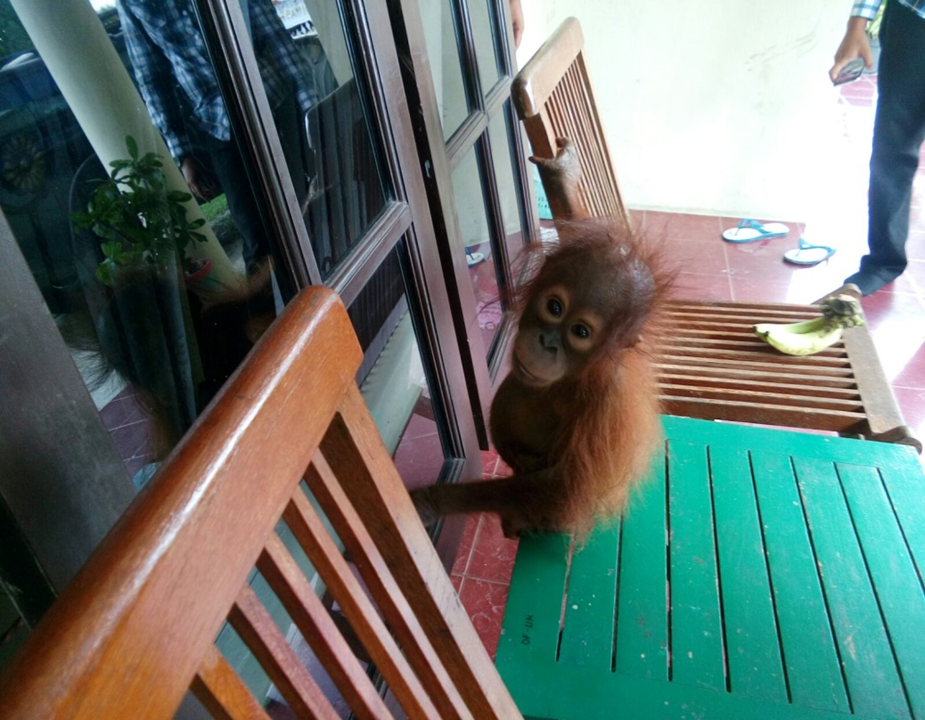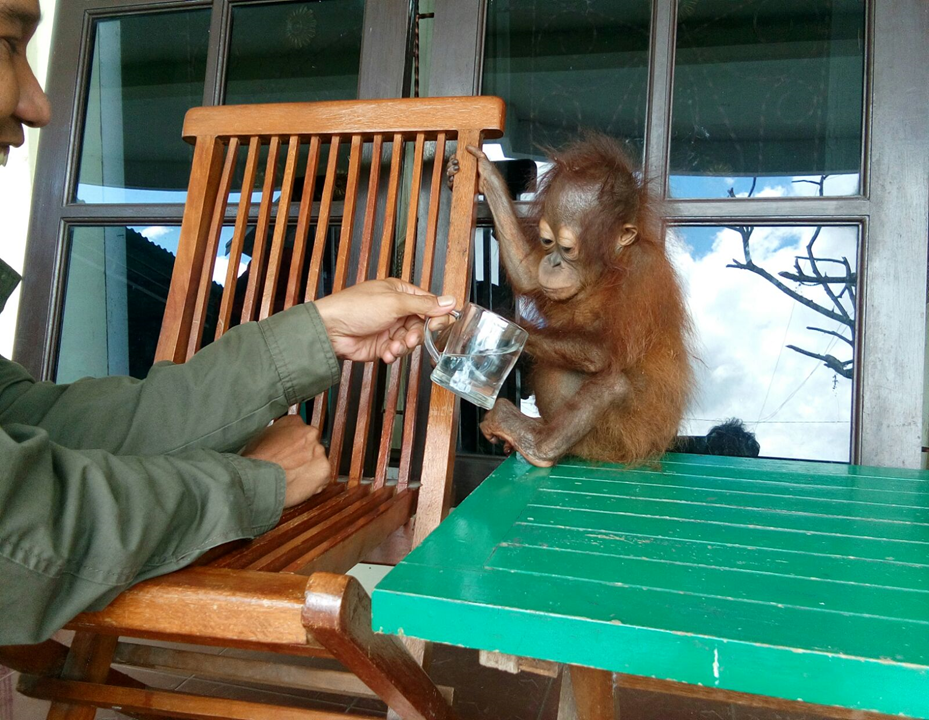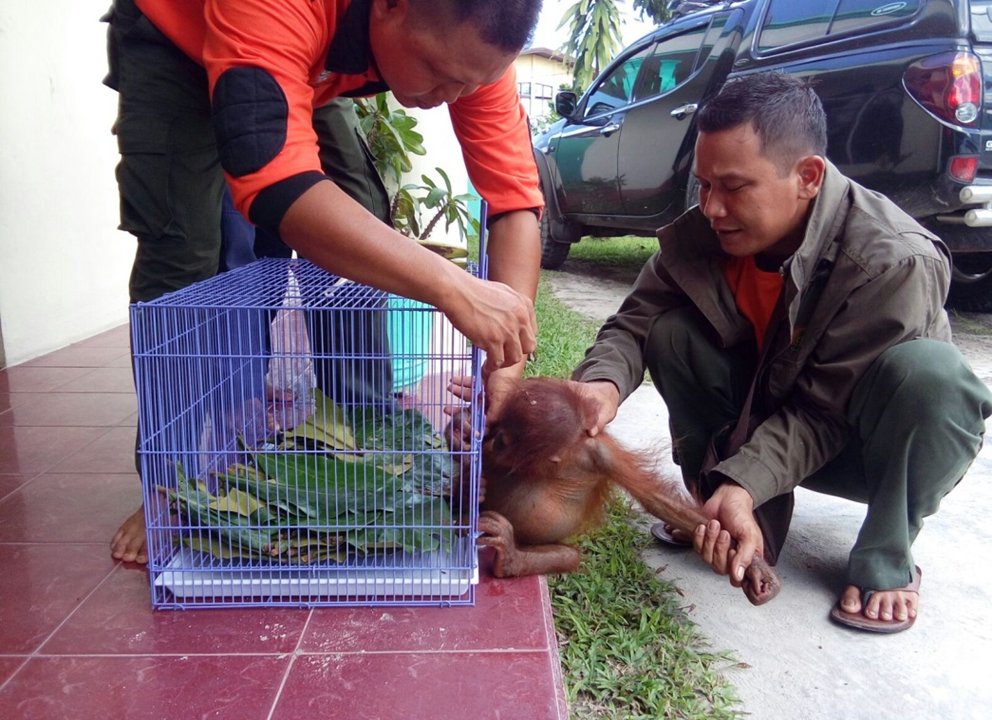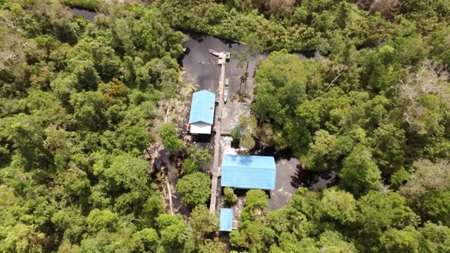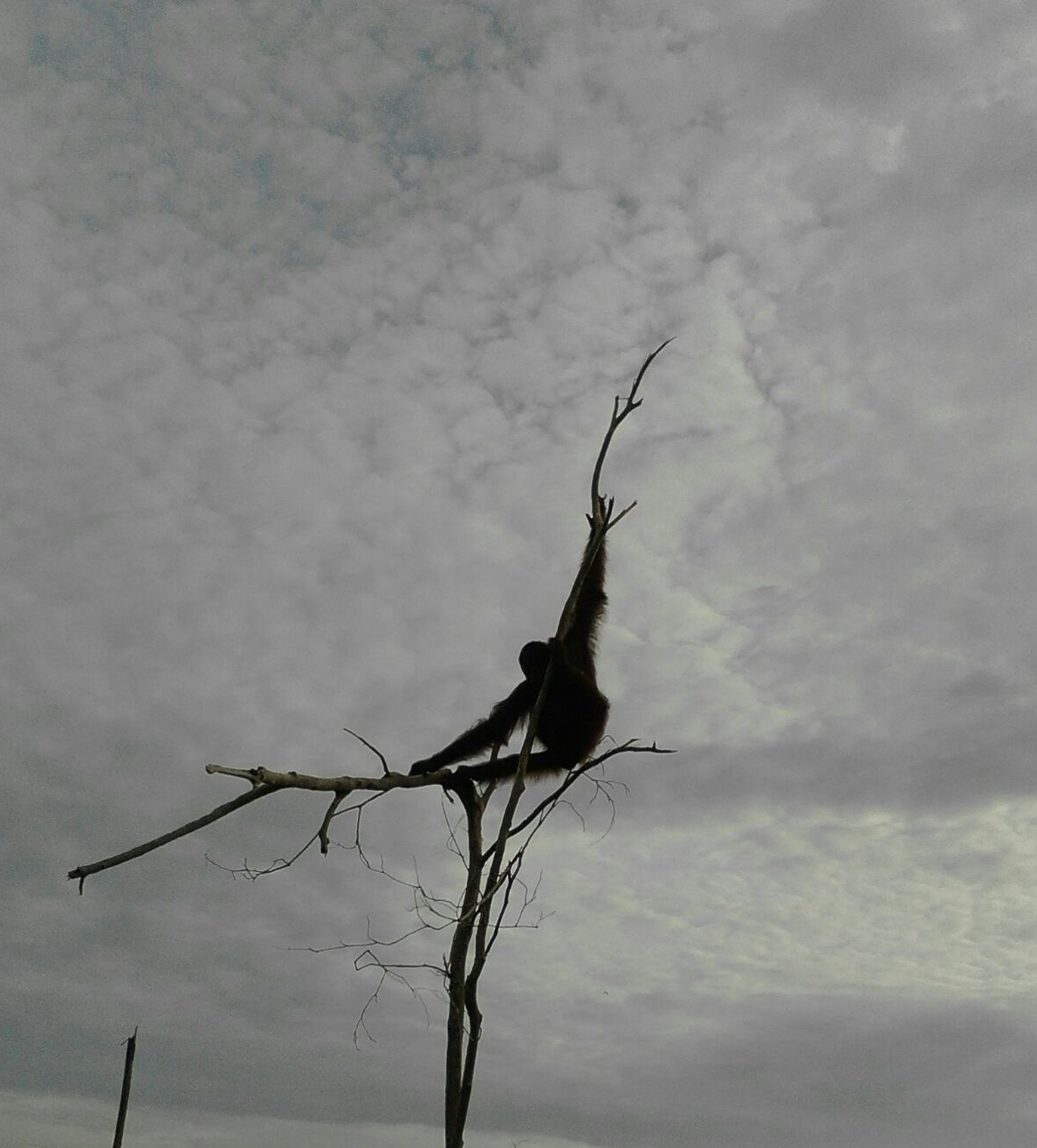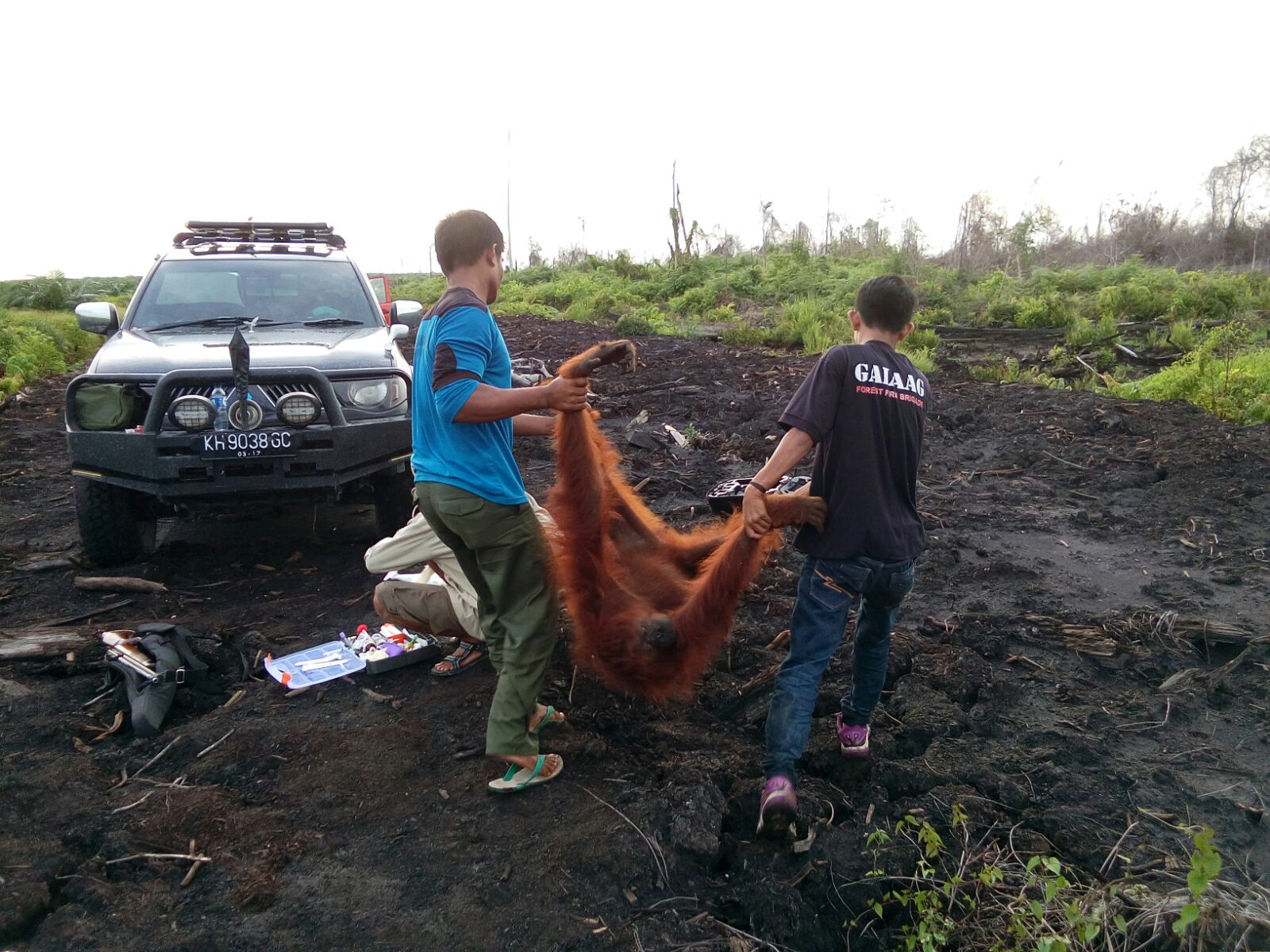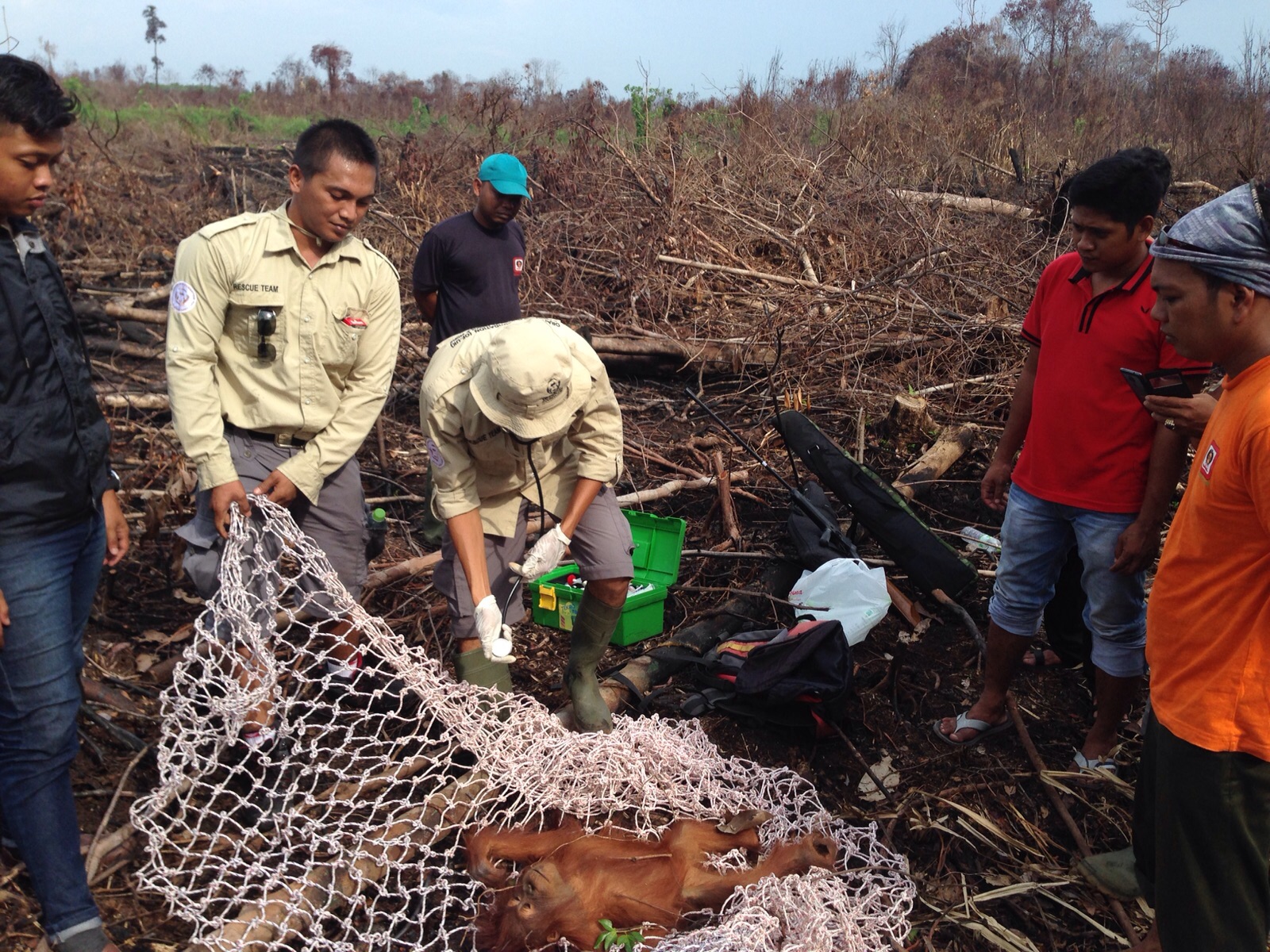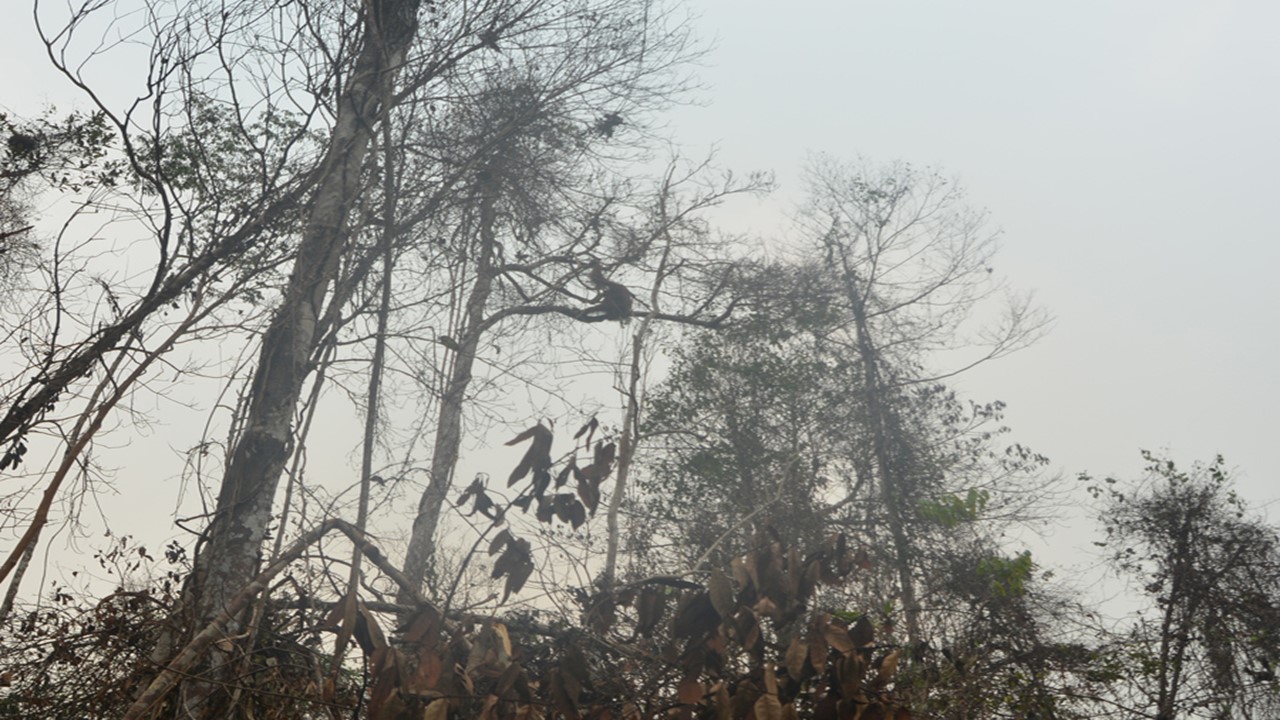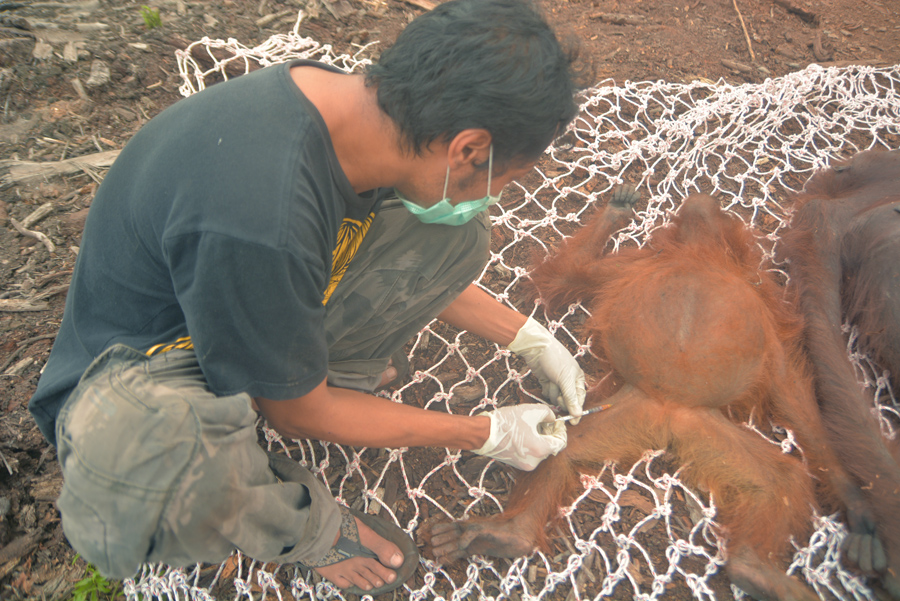Blogpost by Dr Steven, the Orangutan Foundation's vet. I went to Camp Rasak, in the Lamandau Wildlife Reserve (Indonesian Borneo) to check the condition of infant orangutan Ariel. Camp staff were concerned and had reported seeing Ariel with enlarged air sacs around his throat. Ariel is Acuy's son and aged about 22 months.
We arrived by speedboat and immediately began our search for Acuy and Ariel.
Once located we had to first anaesthetise Acuy, using a blowpipe and anaesthetic dart. After Acuy was sedated, Camp staff helped hold Ariel so he could be further examined.
I give a with very low dose of anaesthetic to Ariel because he was stressed. After Ariel calmed, I start taking samples in the neck area. It turns out there’s no fluid, which indicates the absence of bacterial infection and it only contained air.
After that, I take blood samples, give vitamin injection and de-worming drugs to Ariel and Acuy.
Monitoring is conducted periodically and on a recent routine visit to Camp Rasak I was pleased to see Ariel already doesn’t have any enlargement of air sacs around the neck.
Mother and son (and their companion Kotim, who was released in April 2016, and seems to like hanging around with them) fit and healthy.
Thank you.
Join the Orangutan Foundation to support this work or adopt Okto, one of our orphaned orangutans.


